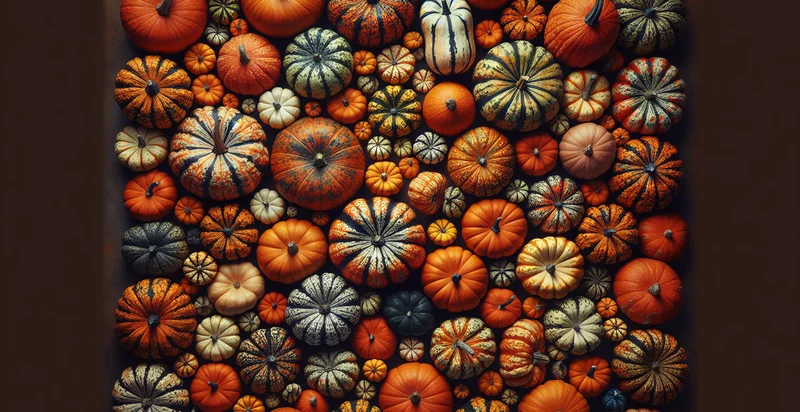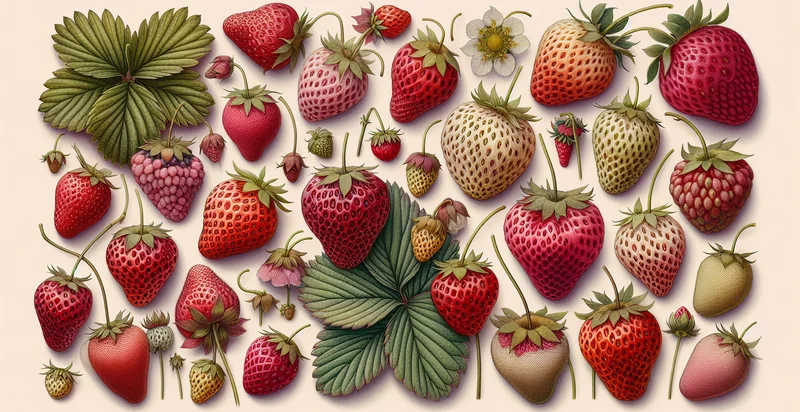Identify sunflower species
using AI
Below is a free classifier to identify sunflower species. Just upload your image, and our AI will predict what species of sunflower it is - in just seconds.

Contact us for API access
Or, use Nyckel to build highly-accurate custom classifiers in just minutes. No PhD required.
Get started
import nyckel
credentials = nyckel.Credentials("YOUR_CLIENT_ID", "YOUR_CLIENT_SECRET")
nyckel.invoke("sunflower-species", "your_image_url", credentials)
fetch('https://www.nyckel.com/v1/functions/sunflower-species/invoke', {
method: 'POST',
headers: {
'Authorization': 'Bearer ' + 'YOUR_BEARER_TOKEN',
'Content-Type': 'application/json',
},
body: JSON.stringify(
{"data": "your_image_url"}
)
})
.then(response => response.json())
.then(data => console.log(data));
curl -X POST \
-H "Content-Type: application/json" \
-H "Authorization: Bearer YOUR_BEARER_TOKEN" \
-d '{"data": "your_image_url"}' \
https://www.nyckel.com/v1/functions/sunflower-species/invoke
How this classifier works
To start, upload your image. Our AI tool will then predict what species of sunflower it is.
This pretrained image model uses a Nyckel-created dataset and has 11 labels, including Helianthus Annuus, Helianthus Argophyllus, Helianthus Bolanderi, Helianthus Debilis, Helianthus Divaricatus, Helianthus Giganteus, Helianthus Gracilentus, Helianthus Paradoxus, Helianthus Petiolaris and Helianthus Strumosus.
We'll also show a confidence score (the higher the number, the more confident the AI model is around what species of sunflower it is).
Whether you're just curious or building sunflower species detection into your application, we hope our classifier proves helpful.
Related Classifiers
Need to identify sunflower species at scale?
Get API or Zapier access to this classifier for free. It's perfect for:
- Agricultural Research: Researchers in agricultural sciences can utilize the sunflower species identifier to categorize and study various species of sunflowers. This can facilitate breeding programs aimed at enhancing resistance to pests and diseases or improving yield through targeted genetic traits.
- Seed Production: Seed companies can employ the classification function to ensure the correct species of sunflower is grown for specific markets. By accurately identifying species, companies can increase the quality of their seed offerings and align production with consumer demand.
- Biodiversity Monitoring: Environmental organizations can use the sunflower species identifier to monitor the biodiversity of sunflower populations in natural habitats. This information can help in conservation efforts by providing data on species distribution and health.
- Ecological Restoration: Ecologists involved in restoration projects can leverage this tool to identify appropriate sunflower species for replanting in degraded areas. The correct species can enhance habitat restoration efforts and promote ecosystem resilience.
- Food Industry: Companies in the food sector can utilize the identifier to differentiate between sunflower species used for oil production, snacks, or other food products. Accurate classifications can improve product labeling and ensure quality control in ingredients.
- Educational Platforms: Educational institutions and online learning platforms can incorporate the sunflower species identifier in botany or agriculture courses. This can aid students in practical, hands-on learning experiences related to plant identification and classification techniques.
- Ecotourism Promotion: Ecotourism businesses can use the sunflower species identifier to create guided tours that focus on local flora, specifically sunflowers. This can enhance visitor experiences by providing unique insights into the local environment and promoting biodiversity awareness.


